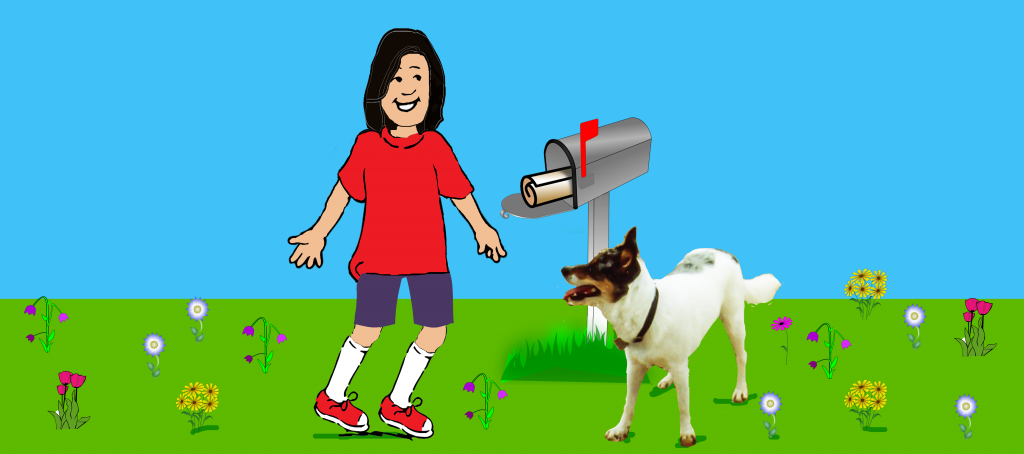DOG ON A LOG Books

LYNNE E. JAFFE, PHD, co-author: Woodcock-Johnson IV: Reports, Recommendations,and Strategies (2016), and Comprehensive Evaluations: Case Reports for Psychologists, Diagnosticians, and Special Educators (2011):
In the 45 years that I have been teaching reading to students with dyslexia, I’m always looking for reading material to back up that which is provided by the program, which my students can use to practice reading on their own or at home with a parent’s guidance. Many publishers have sets of “high-low” books intended for older readers with limited reading skills but these do not follow the principles of the Orton-Gillingham-based reading programs – systematic, highly structured, recursive in its presentation of skills taught, and with progress predicated on mastery of the current level of skills being taught. Now, Pamela Brookes has created DOG ON A LOG Chapter Books that follow an incremental, phonics-based pattern and work well with O-G based programs.These wonderful little books have “chapters,” so that students feel that the books are a bit more sophisticated. Another advantage of these books is that they have just enough pictures to increase interest in the stories but not so many as to allow the reader to get the story from the pictures. Reading is necessary.
Ms. Brookes has also created DOG ON A LOG Let’s GO! Books. This complementary set of books tell the same stories with more pictures and less text. These books allow for skill practice in a format which may be less intimidating for some students until they feel confident enough to approach the chapter books. Ms. Brookes’ books will be a great asset to educational therapists, parents, and special education teachers in their work with children and adults with dyslexia.
DOG ON A LOG Books will be a great asset to educational therapists, parents, and teachers in their work with children and adults with dyslexia.


